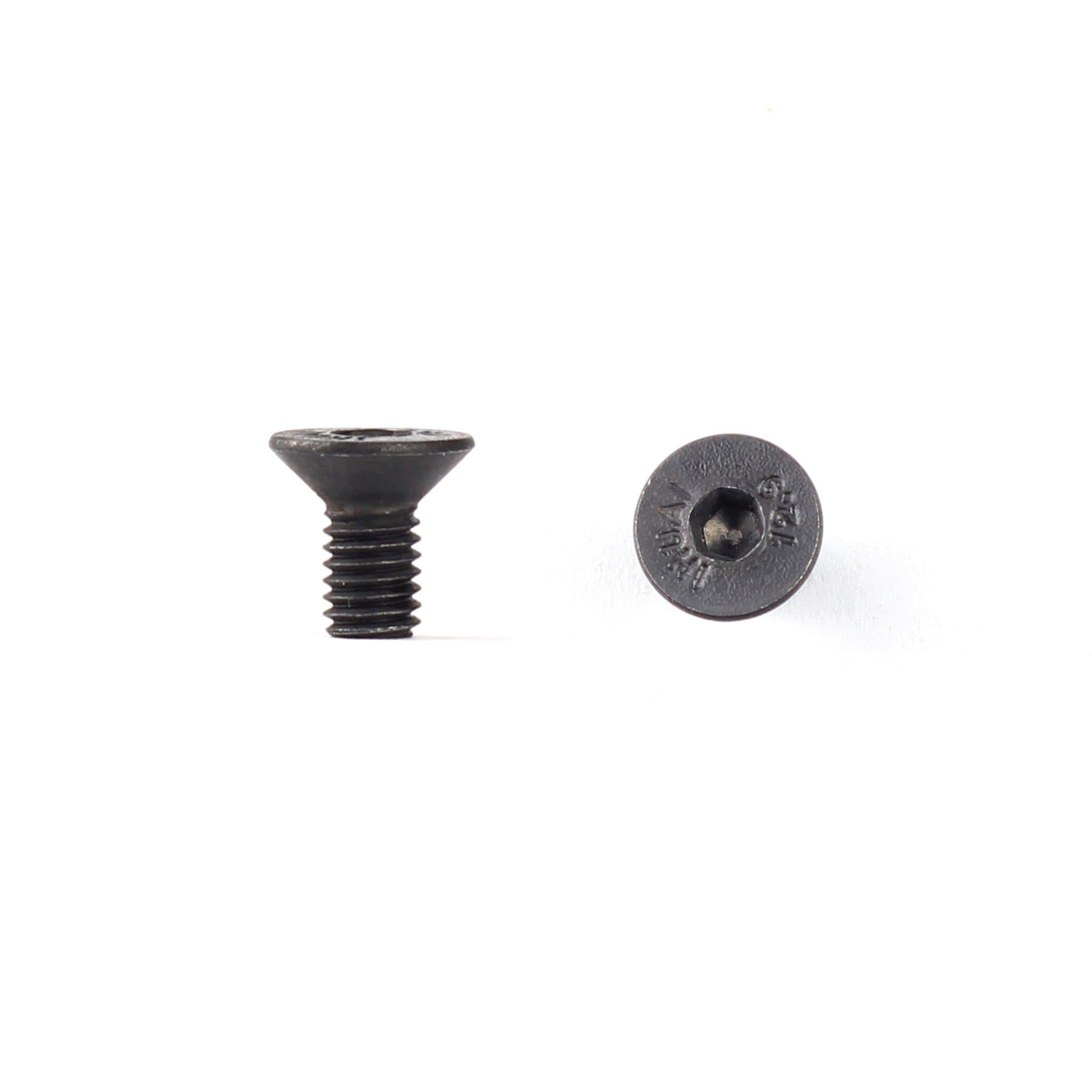SCREWS FOR CARBIDE INSERTS
Types Of Screw Heads Used For Carbide Insert Screws
Carbide insert screws , also known as clamp screws or fixing screws, are used to secure carbide inserts onto cutting tool holders or tool bodies. These screws play a crucial role in ensuring the stability and precision of the cutting process.
When it comes to carbide insert screws, several common types of screw heads are used, each with its own advantages and applications. Here are some of the most prevalent types:
1. Hexagonal (Hex) Head: Hex head screws are widely used for carbide insert screws due to their ease of use and availability. They feature a six-sided head with a hexagonal recess, allowing for easy installation and removal using a hex key or Allen wrench. Hex head screws provide good torque transfer and are less prone to stripping, making them a popular choice for securing carbide inserts.
2. Phillips Head: Phillips head screws have a cross-shaped recess on the head, requiring a Phillips screwdriver for installation or removal. While commonly used in various applications, including carbide inserts, they can be more prone to cam-out (slipping) under high torque. This can potentially cause damage to the screw head or tool, so care must be taken during installation.
3. Torx Head: Torx head screws have a star-shaped recess, also known as a "star" or "six-pointed star." This design provides excellent torque transfer and reduces the risk of cam-out compared to Phillips head screws. Torx screws are increasingly popular in many industries, including carbide insert applications, due to their enhanced resistance to stripping and improved torque control.
4. Slotted Head: Slotted head screws have a single straight slot on the head, requiring a flat-blade screwdriver for installation or removal. While simple and widely used, they are generally less popular for carbide insert screws. Slotted head screws have a lower torque transfer capability and an increased risk of slippage or damage to the screw head during high-torque applications.
5. Socket Head: Socket head screws, also known as Allen head screws, feature a recessed hexagonal socket on the head. They are typically installed or removed using an Allen wrench or hex key. Socket head screws offer high torque transfer and are suitable for applications where space is limited or a low-profile head is required. They provide a secure connection and are commonly used in precision machining, including carbide insert screws.
6. Square Head: Square head screws have a square-shaped recess on the head, requiring a square-drive screwdriver for installation or removal. They are less common in carbide insert applications but can still be encountered in some tool holders or specific machining setups.

It's important to note that the specific type of screw head used for carbide insert screws may vary depending on the manufacturer, tool holder design, and regional preferences. When selecting carbide insert screws, it's essential to ensure compatibility with the corresponding screwdriver or wrench type required for installation and removal. Additionally, following the manufacturer's guidelines for torque specifications and proper installation techniques will help ensure a secure and reliable connection between the carbide insert and the tool holder.
